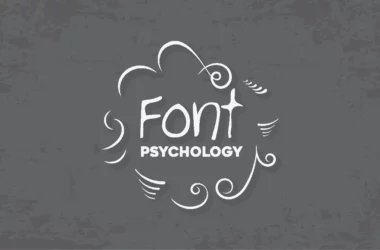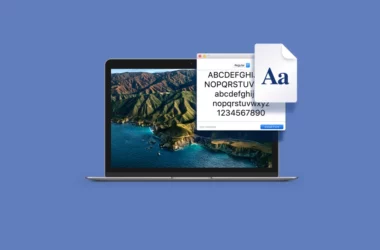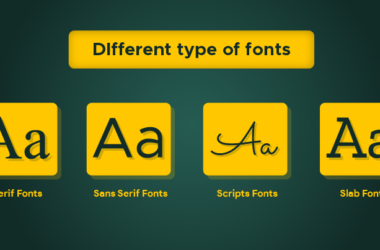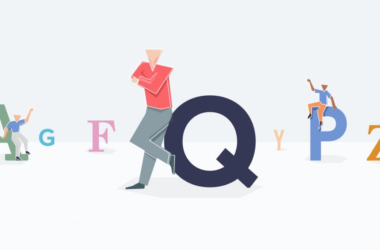Tips For Optimizing Web Fonts For Fast Loading Times
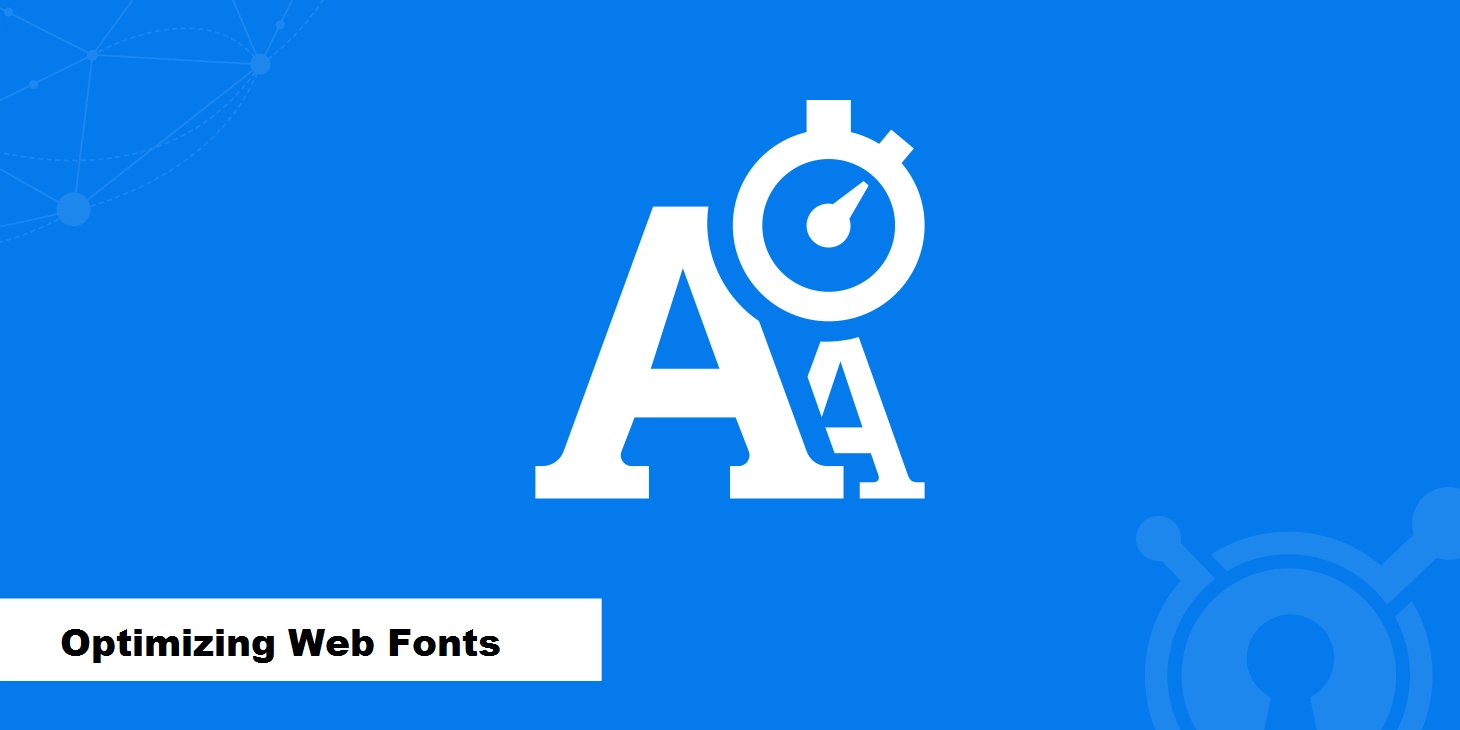
Introduction
Optimizing web fonts for fast loading times is an important factor for website success. Web fonts are not offered by all browsers, so choosing a font that works with all of them can help with faster loading times. Additionally, creating an optimized display of the font can also save time when loading the webpage.
Alternatives such as combining and reducing font styles, focusing on subsetting in order to limit the number of characters being used, and making sure inline CSS is being compressed can all aid in bringing down loading times. Utilizing online tools like Google Pagespeed Insights can also help in determining what elements require optimization. Keep in mind that updating your fonts regularly and minimizing requests are essential aspects of getting any web page to load quickly.
Importance of Fast Loading Times For Website Performance
Website performance is becoming increasingly important in the modern world, and ensuring fast loading times is a key factor in providing an excellent user experience. The longer it takes for a page to load, the more likely it is that users will become frustrated and move on to another website. As a result, it is incredibly important that website owners ensure their sites are optimized for quick loading speeds.
This can include various techniques such as compressing images, minimizing redirects, and reducing the total size of files that need loading. In doing so, websites have the capability to keep customers engaged and ultimately maximize their ROI.
How Web Fonts Can Impact Loading Times
Web fonts are a great way to improve the aesthetics of websites that are viewed on modern devices. Every font you add can potentially slow down page speed, but there are ways to kind of mitigate these effects.
Ensuring each web font is optimized for different screen sizes and using compression algorithms to reduce the file size can help ensure pages with web fonts don’t take too long to load on end-user devices. It’s vital that developers pay attention to this detail when working on projects, as it is not just necessary for improving user experiences, but can have an influence on search engine rankings as well.
How to Optimize Your Web Fonts for Maximum Impact
Choosing the right typeface for your website is a crucial part of web design. The font you select can have a big impact on how visitors perceive your site, so it’s important to pick one that reflects your brand and resonates with your audience. But that’s only half the battle, once you’ve chosen the right font, you need to optimize it for maximum effect. Here are some tips for getting the most out of your web fonts.
Use Multiple Typefaces in Your Design
Using multiple typefaces in your design can give it depth and texture, making it more visually appealing. However, this doesn’t mean you should go crazy with typefaces, too many different fonts can be distracting or even overwhelming. When picking out fonts for your website, try to keep things simple by sticking to two or three typefaces at most. That way, you can create an organized design without overwhelming visitors with too much visual information.
Optimize Your Font Loading Times
Font loading times can make or break your website, if they take too long to load, visitors may become frustrated and leave before they ever get to experience what you have to offer. To ensure fast loading times, try using “web-safe” fonts like Arial or Georgia which come pre-installed on computers and mobile devices. If you want something a bit more unique, consider using services like Google Fonts or Adobe Fonts which host fonts online so they can be quickly accessed by visitors no matter where they are located. Additionally, make sure to compress any web font files before uploading them so they don’t take up too much bandwidth when loading on sites.
Test Out Different Weights of Your Fonts
Most fonts come in various weights from light to bold which allow you to customize the look of your text even further than just choosing a specific typeface alone. Try experimenting with different weights of fonts in order to find the perfect combination for each page of your website, this will help create visual interest and draw attention where needed. Be sure not to overdo it though, too many different weights can lead to an inconsistent design aesthetic that could confuse visitors instead of drawing them in as intended.
Tools For Measuring And Improving Web Font Performance
Measuring and improving web font performance is a crucial task for any web designer in order to create an optimal user experience. With the right tools, it’s possible to get accurate and reliable estimations of loading time, page speed, and other metrics related to fonts. This can help designers identify areas that need improvements, such as reducing font size or compression options.
It also makes it easier for designers to try out different approaches to get better results. Some common tools include web-based font scanners, automated testing systems, online forums for discussing font issues, and debugging programs that help reveal hidden problems with font loading times. With these tools in hand, web designers can quickly pinpoint weaknesses in their chosen fonts and make the necessary changes for better performance.
Google Fonts Speed Tool
The Google Fonts Speed Tool is an easy-to-use tool that allows you to quickly test the performance of different fonts on your website. It measures how long it takes for each font to load on both desktop and mobile devices, then provides you with an overall score based on these results. The tool also provides suggestions for improving your font loading times, such as optimizing your CSS or using a content delivery network (CDN).
Font Shop Optimizer
The Font Shop Optimizer is a powerful tool designed specifically for optimizing web font performance. This tool works by looking at all of the fonts used on a website and identifying any potential performance issues related to them. The optimizer then suggests changes that can be made in order to improve loading times. For example, it may suggest using optimized font formats such as WOFF2 or using a CDN to deliver your fonts faster.
Fontface Observer
Fontface Observer is an open-source JavaScript library that helps developers monitor the loading of web fonts and make sure that their websites stay responsive even when fonts are not yet loaded. The library works by creating “observers” which detect when certain font families have been loaded, allowing developers to pause rendering until all necessary fonts have been loaded. This helps reduce page load times and ensures that visitors always experience the optimal performance from your site’s fonts.
Examples of Successful Web Font Optimization
There are many strategies companies can employ to get the most out of web font optimization. A popular choice is using a single-use font, where the same typeface is used across an entire website. This practice streamlines the appearance of the website and improves download speeds. Preloading fonts via JavaScript is another cost-effective option as it allows the website to minimize the potential flash of invisible text.
Additionally, companies can use manual knobs that adjust font weights depending on page size, ensuring optimal readability for their customers. With a combination of these techniques, web font optimization can become simple for any business and lead to success with improved customer experience.
Choose the Right Font Family
The first step in optimizing your website’s fonts is to choose a font family that suits the overall tone of your website. For instance, if you are running an online store that sells luxury items, then a modern serif font might be more appropriate than a playful sans serif font. Keep in mind, however, that readability should always come first when choosing fonts even if it means sacrificing aesthetics slightly.
Optimize Line Spacing
The next step is to optimize line spacing so that text is easily readable on both desktop and mobile devices. If line spacing is too small, text may blend together and become difficult to read, conversely, if line spacing is too large, text may appear disjointed and scattered across the page. As such, it’s important to find a happy medium between these two extremes so as not to compromise user experience.
Incorporate Typography Effects
Typography effects such as bolding and italicizing can help draw attention to key points within your copy without detracting from the overall design aesthetic of your webpage. However, it’s important not to go overboard with typography effects too many effects at once can cause readers to become overwhelmed or distracted from the main message of your page. Instead, try using typography effects sparingly throughout strategic sections of your copy to draw attention where needed most effectively.
Conclusion
There are many steps involved in optimizing web fonts for fast loading times but following these tips should help get you started down the right path toward improving performance across all devices and browsers. By choosing an appropriate font format, using CSS3 rules where applicable, minifying font files for greater compression rates, and caching them locally within users’ browsers caches you should see a marked improvement in overall page speed over time leading directly into improved customer satisfaction rates across all fronts.


